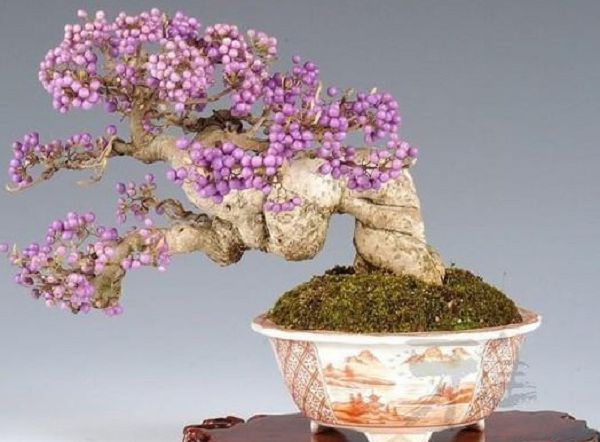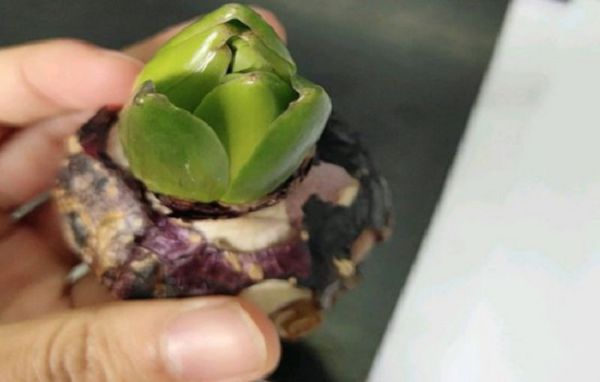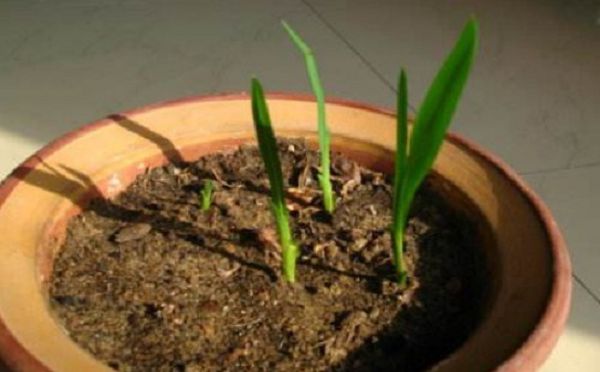Maintenance and management of wisteria bonsai

Wisteria likes to be sunny, slightly shady and cold-resistant. Can put bright light, the growing period of watering do not dry do not water, watering is thoroughly, after August to make the basin soil dry, conducive to more flowering in the coming year. The mature and dilute liquid fertilizer dominated by phosphate fertilizer was applied every 7-10 days in spring and summer to promote the formation of flower buds. Fertilization should be reduced at flowering stage and after August, and stopped after defoliation.
After the defoliation in winter, a comprehensive pruning is carried out, and the branches of the same year are cut short by 1 beat, 3-2, 3, and 3, so that they are scattered at random. Winter moves to the cold room or overwintering in the outdoor shelter from the wind and the sun, as long as the basin soil does not freeze, it can survive the winter safely.
After sprouting in spring, the over-dense buds are wiped out in time, so that the concentration of nutrients is beneficial to flowering. Turn the basin before sprouting every 1-2 years, remove part of the old soil, and put some rotten animal hooves, broken bone dregs and other fertilizers with high phosphorus content as base fertilizer. The basin soil should be slightly acidic soil with loose and fertile soil and good drainage.
Watering:
Wisteria consumes a lot of water, but it is still better to be dry than wet. The potted soil is only wet but not dry, which is not conducive to its flowering. Watering should grasp the principle of whether it is dry or not, and if it is watered thoroughly. Especially during the period of flower bud differentiation in August, water should be deducted properly. Normal watering can be carried out in September. Water less after the leaves fall in late autumn.
Fertilization:
The frequent application of thin fertilizer is an important measure to make wisteria blossom. During the growing period, it can be combined with watering and apply thin cake fertilizer once a month until the fertilizer is stopped from July to August. Fertilization should be continued in September, but the frequency and concentration should be reduced appropriately. Before flowering, phosphorus and potassium fertilizer can be applied appropriately.
Trim:
When wisteria sprouts in spring, the dense buds should be picked properly. When the new branch grows to more than 20 centimeters long, the excessive part can be cut off. In peacetime, pay attention to cutting off long branches, diseased branches and weak branches at any time. Pruning should also be carried out during the dormant period. In September, the old leaves of wisteria are easy to age and sag, affecting their appearance. Old leaves can be removed to promote the germination of new leaves. The sprouting new leaves are green and delicate, which can postpone the deciduous period and prolong the viewing period.
Related
- Fuxing push coffee new agricultural production and marketing class: lack of small-scale processing plants
- Jujube rice field leisure farm deep ploughing Yilan for five years to create a space for organic food and play
- Nongyu Farm-A trial of organic papaya for brave women with advanced technology
- Four points for attention in the prevention and control of diseases and insect pests of edible fungi
- How to add nutrient solution to Edible Fungi
- Is there any good way to control edible fungus mites?
- Open Inoculation Technology of Edible Fungi
- Is there any clever way to use fertilizer for edible fungus in winter?
- What agents are used to kill the pathogens of edible fungi in the mushroom shed?
- Rapid drying of Edible Fungi



